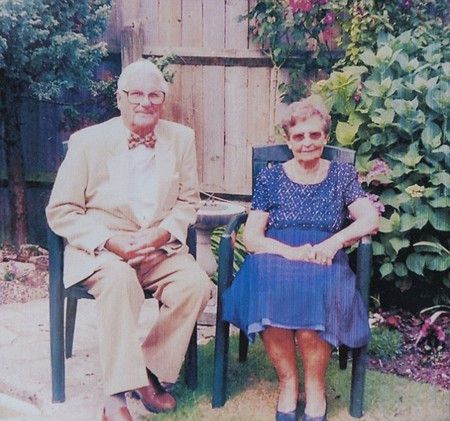旅行者号飞船可能并未进入星际空间
|
In 2012, the Voyager mission team announced that the Voyager 1 spacecraft had passed into interstellar space, traveling further from Earth than any other manmade object. But, in the nearly two years since that historic announcement, and despite subsequent observations backing it up, uncertainty about whether Voyager 1 really crossed the threshold continues. There are some scientists who say that the spacecraft is still within the heliosphere(太阳风层) -- the region of space dominated by the Sun and its wind of energetic particles -- and has not yet reached the space between the stars. Now, two Voyager team scientists have developed a test that they say could prove once and for all if Voyager 1 has crossed the boundary. The new test is outlined in a study accepted for publication in Geophysical Research Letters, a journal of the American Geophysical Union. The scientists predict that, in the next two years, Voyager 1 will cross the current sheet -- the sprawling surface within the heliosphere where the polarity of the sun's magnetic field changes from plus to minus. The spacecraft will detect a reversal in the magnetic field, proving that it is still within the heliosphere. But, if the magnetic field reversal doesn't happen in the next year or two as expected, that is confirmation that Voyager 1 has already passed into interstellar space. "The proof is in the pudding," said George Gloeckler, a professor in atmospheric, oceanic and space sciences at the University of Michigan in Ann Arbor and lead author of the new study. Gloeckler has worked on the Voyager mission since 1972 and has been a vocal opponent of the view that Voyager 1 has entered interstellar space. He said that, although the spacecraft has observed many of the signs indicating it may have reached interstellar space, like cosmic rays, Voyager 1 did not see a change in magnetic field that many were expecting. "This controversy will continue until it is resolved by measurements," Gloeckler said. If the new prediction is right, "this will be the highlight of my life," he said. "There is nothing more gratifying than when you have a vision or an idea and you make a prediction and it comes true." The Voyager 1 and 2 spacecraft were launched in 1977 to study Jupiter and Saturn. The mission has since been extended to explore the outermost limits of the Sun's influence and beyond. Voyager 2, which also flew by Uranus and Neptune, is on its way to interstellar space. Gloeckler and co-author, Len Fisk, also a professor in atmospheric, oceanic and space sciences at the University of Michigan, are basing their new test on a model they developed and published earlier this year in The Astrophysical Journal. The model assumes that the solar wind is slowing down and, as a result, that the solar wind can be compressed. Based on this assumption, the study says Voyager 1 is moving faster than the outward flow of the solar wind and will encounter current sheets where the polarity of the magnetic field will reverse, proving that the spacecraft has not yet left the heliosphere. The scientists predict this reversal will most likely happen during 2015, based on observations made by Voyager 1. "If that happens, I think if anyone still believes Voyager 1 is in the interstellar medium, they will really have something to explain," Gloeckler said. "It is a signature that can't be missed." |








